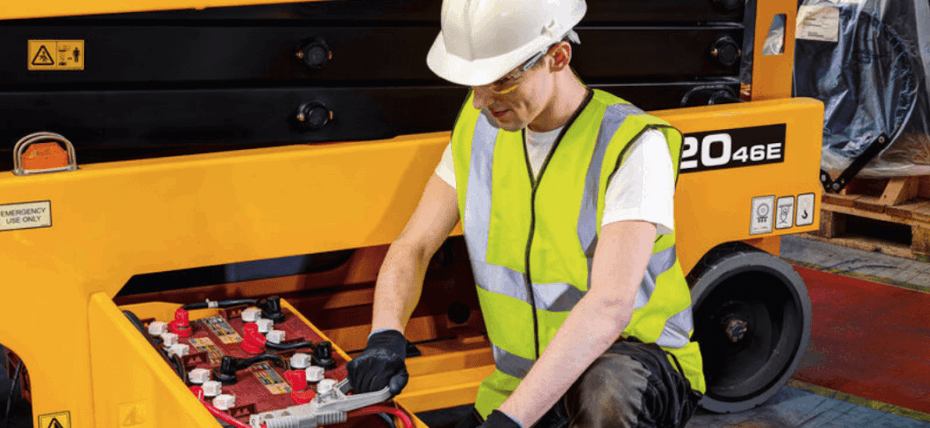
What to include in MEWP pre-use inspections
Don't let a simple malfunction ruin your day - check your platform before you start work!
Machinery malfunction is one of the common causes of work at height accidents. As an employer, you’re responsible for ensuring your workplace is as risk-free as possible, which includes making sure you transport, store, and use all access equipment in the safest way possible. Pre-use inspections are essential to this. They highlight issues and help to prevent accidents and fatalities as well as damage to equipment, buildings, and surroundings.
Why carry out a pre-use inspection?
While safety is the primary reason for carrying out pre-use inspections, it’s not the only one. They also help you to adhere to regulations, reduce repair costs and avoid pricey delays. Identifying faults and maintenance requirements, such as low oil levels, for example, ensures machines run optimally and breakdown less.
What should it include?
The Work at Height Regulations 2005 stipulate that everyone working at height must be competent, which includes understanding how to carry out pre-use inspections for the specific equipment you’re using. Need help with training? We run a variety of IPAF MEWP training courses and would be happy to help.
Having a standard checklist to follow ensures everyone works to the same format and doesn’t miss vital steps. It also helps with reporting and keeping records, which is an essential part of health and safety. A free template is available for download from the IPAF website, but some of the points to check for include:
- Is it in good condition generally or is there any visible damage?
- Is all documentation present, correct and up-to-date?
- Has the equipment had a service recently or is it due one?
- Are tires inflated correctly, secure, and free of damage?
- Is the engine working optimally or does the engine oil need refilling?
- Are the hydraulics working or are there any leaks?
- Do hoses and cables look in good condition and free of cuts or abrasions?
- Are all the controls, lights, and alarms etc. all functioning as they should be?
- Is all the signage present and correct?
- Is all necessary safety equipment present, installed and working correctly?
Finally, it’s vital that everyone carrying out pre-use checks is familiar with your reporting procedures and never uses damaged work at height equipment as it increases the risk of accidents.
